Project Analysis: Situation, Market, and Financial Analysis Report
VerifiedAdded on 2022/06/01
|60
|4788
|23
Report
AI Summary
This report, originating from Rift Valley University, comprehensively explores project analysis and appraisal. It begins by defining project analysis and its importance, distinguishing it from project evaluation. The report then details the elements of project analysis, including situation analysis (SWOT, 5Cs), market/demand analysis, technical analysis (location, transportation costs), and financial analysis (cost of project, means of financing, sales and production estimates, cost of production, working capital, profitability, and breakeven analysis). The report emphasizes the importance of financial analysis, detailing the calculation of Net Present Value (NPV) and Internal Rate of Return (IRR) as key decision criteria. The report provides examples and practical insights into each aspect, making it a valuable resource for students studying project management, business development, and related fields. The report aims to determine project viability and sustainability through various perspectives.
1 out of 60
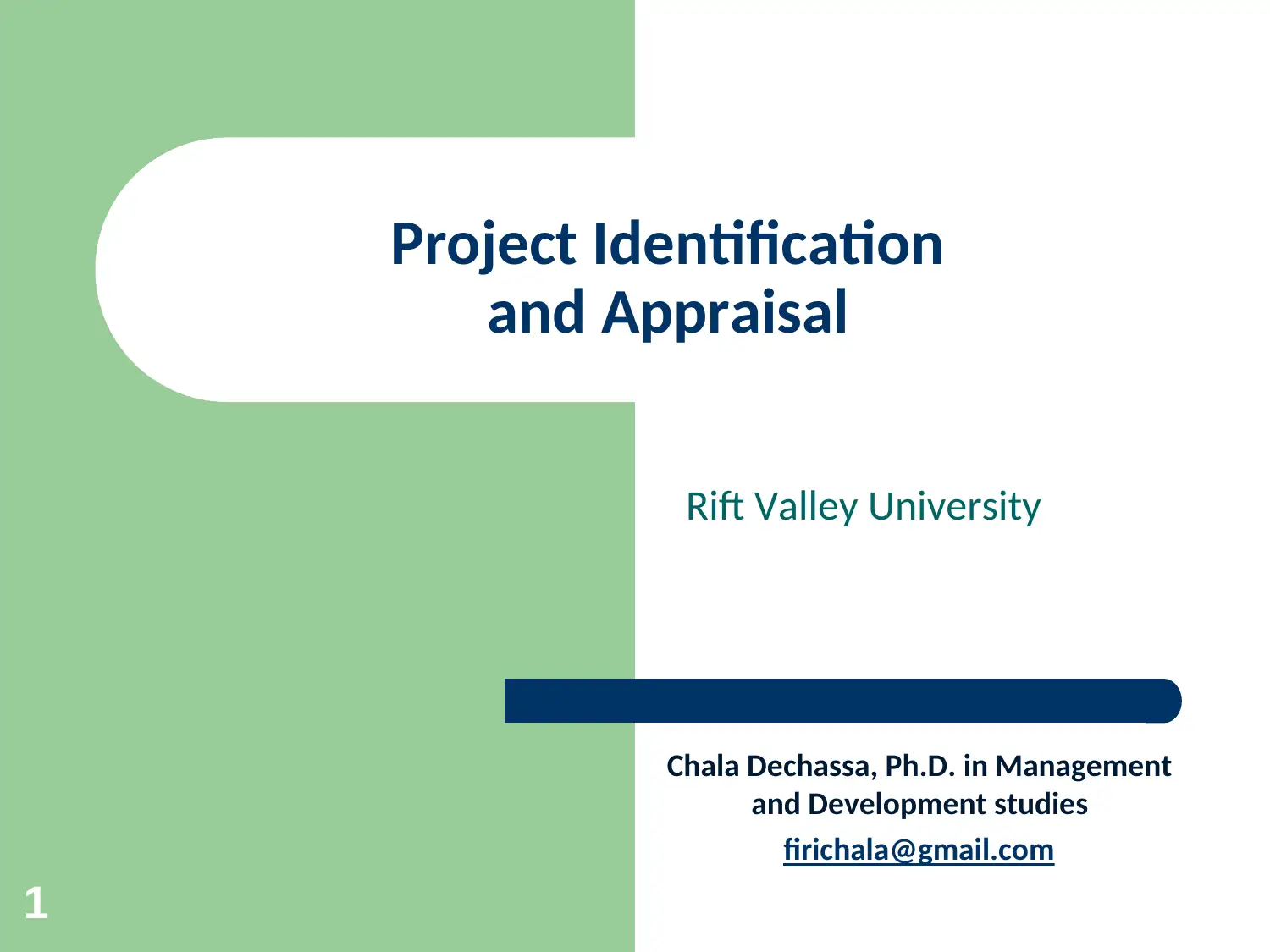
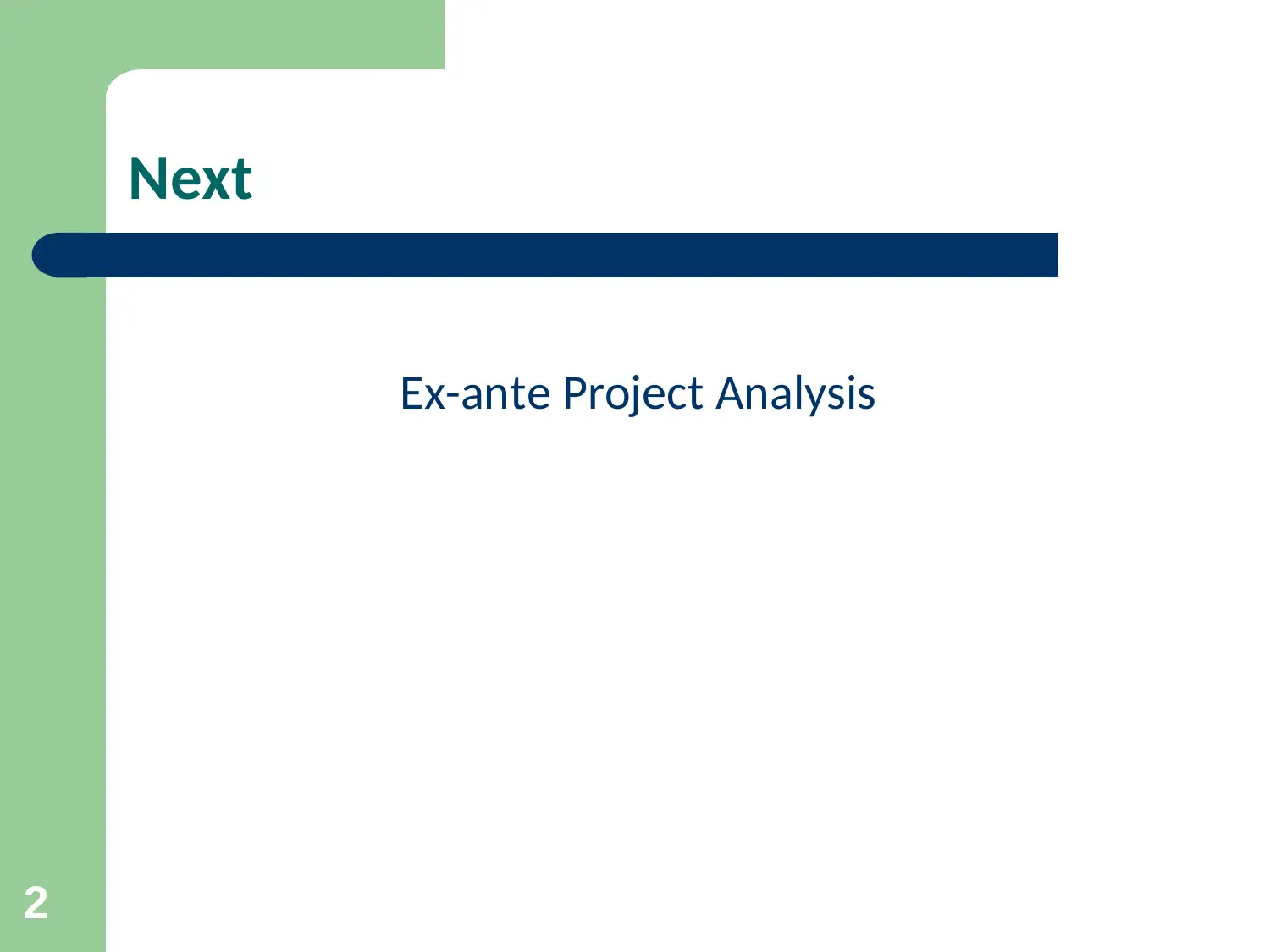
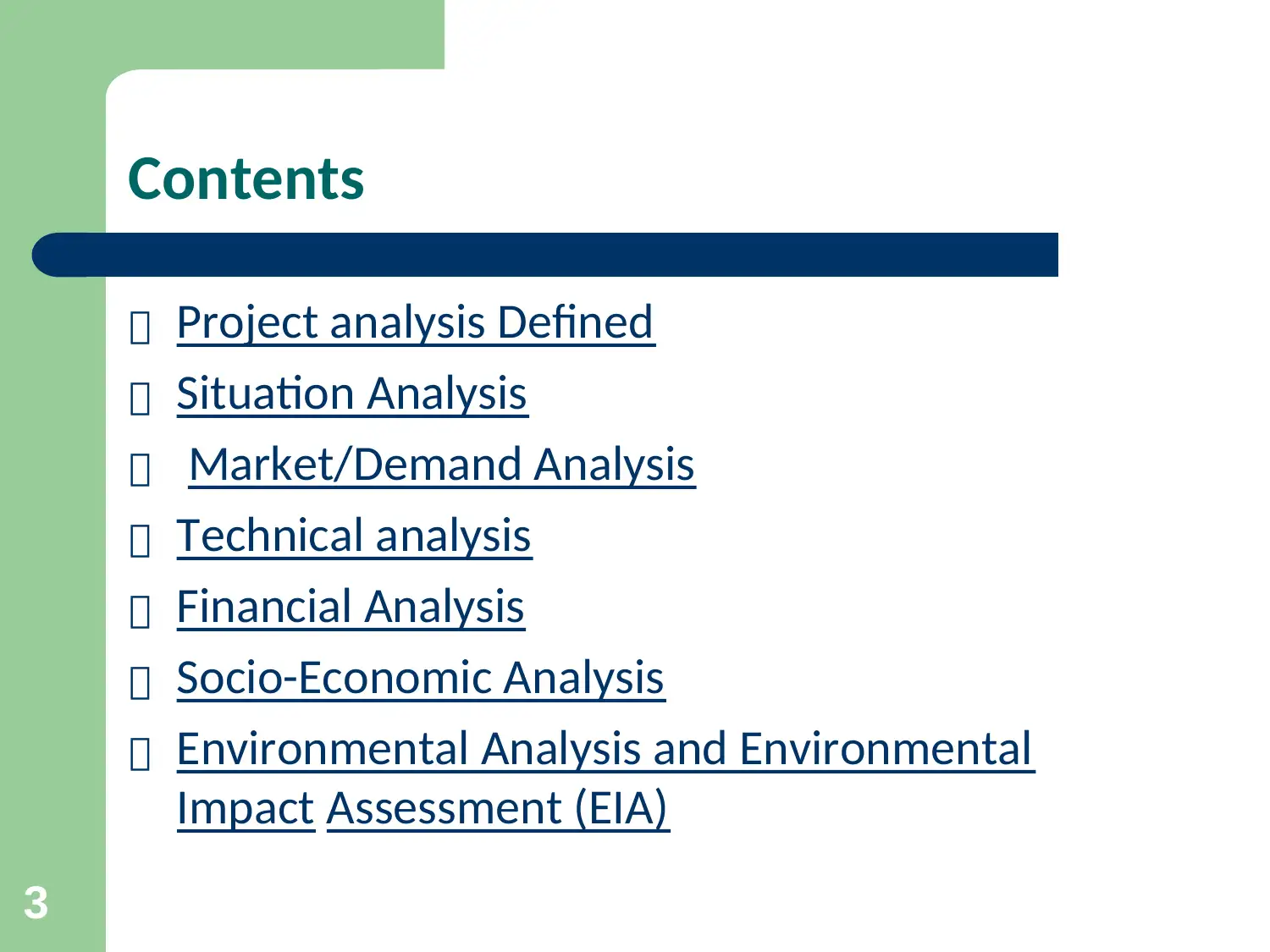

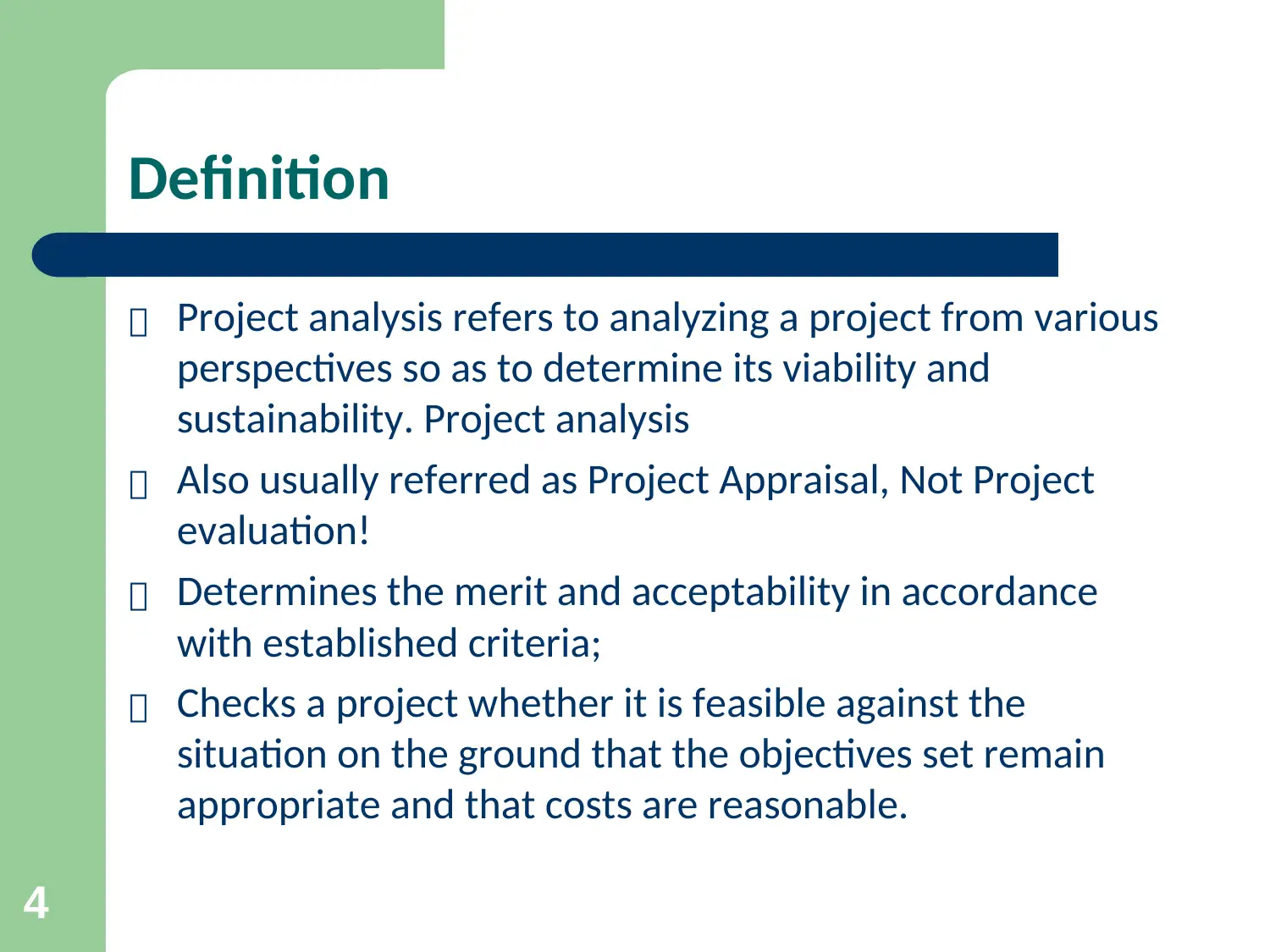
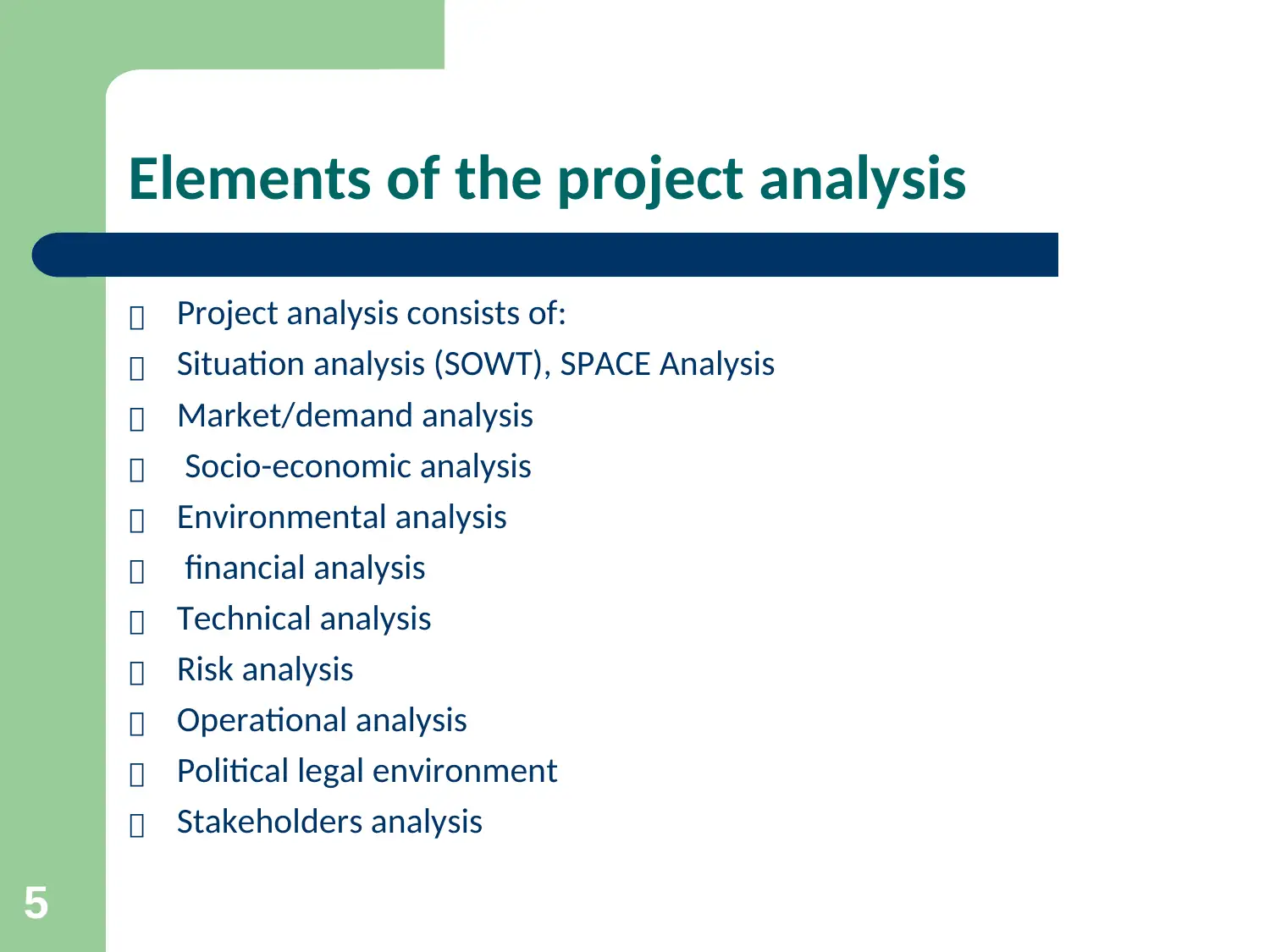
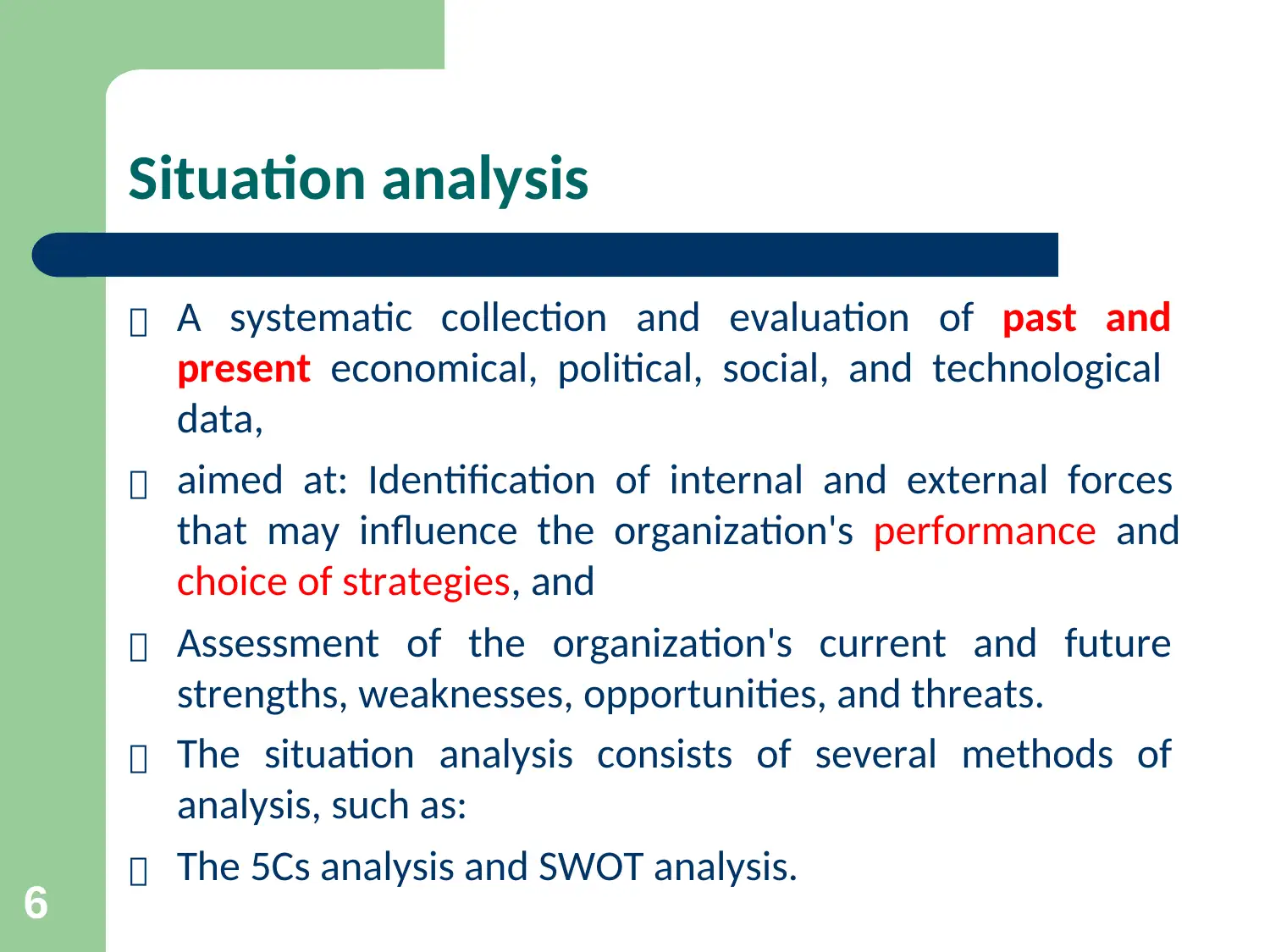
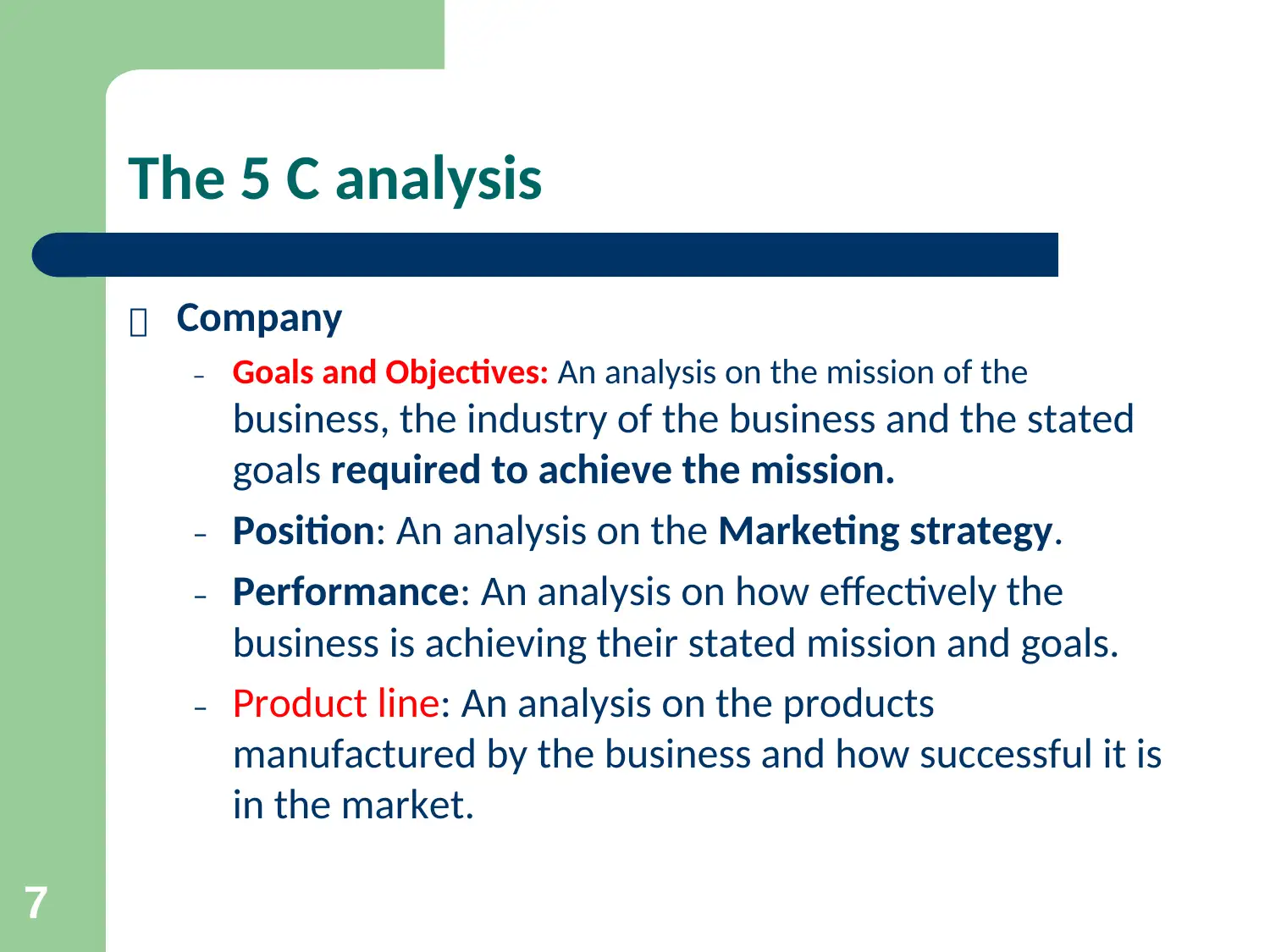
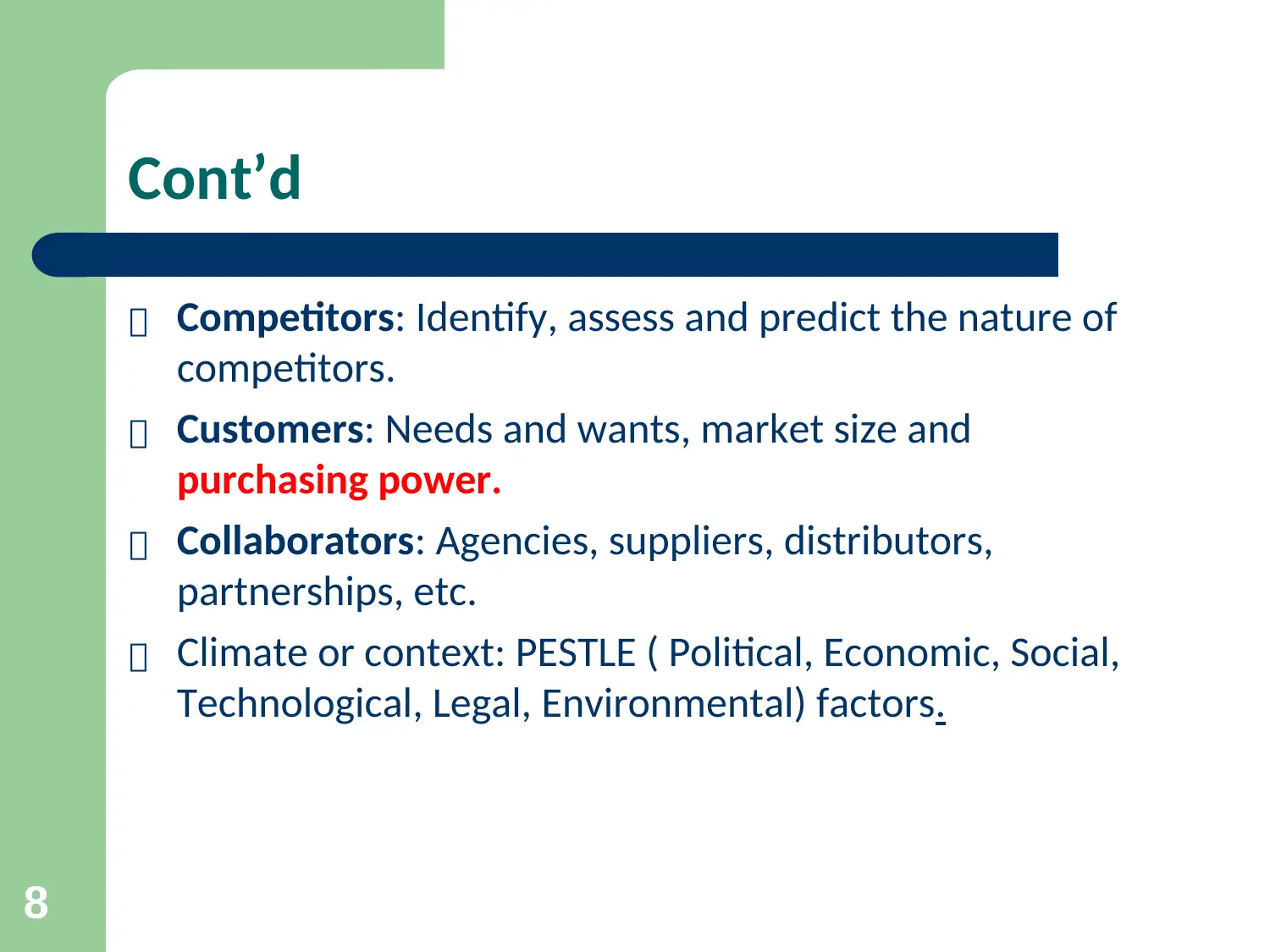
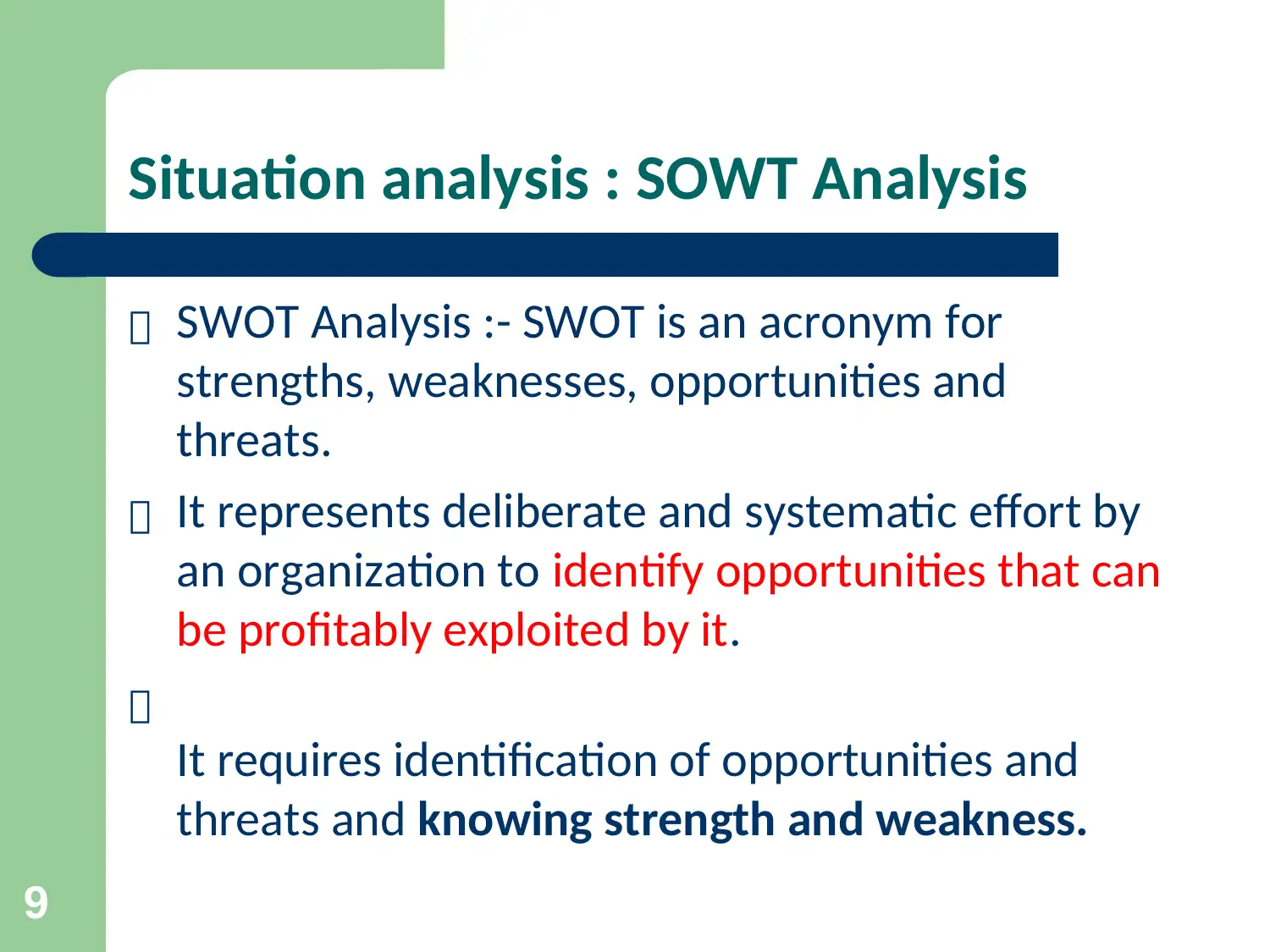
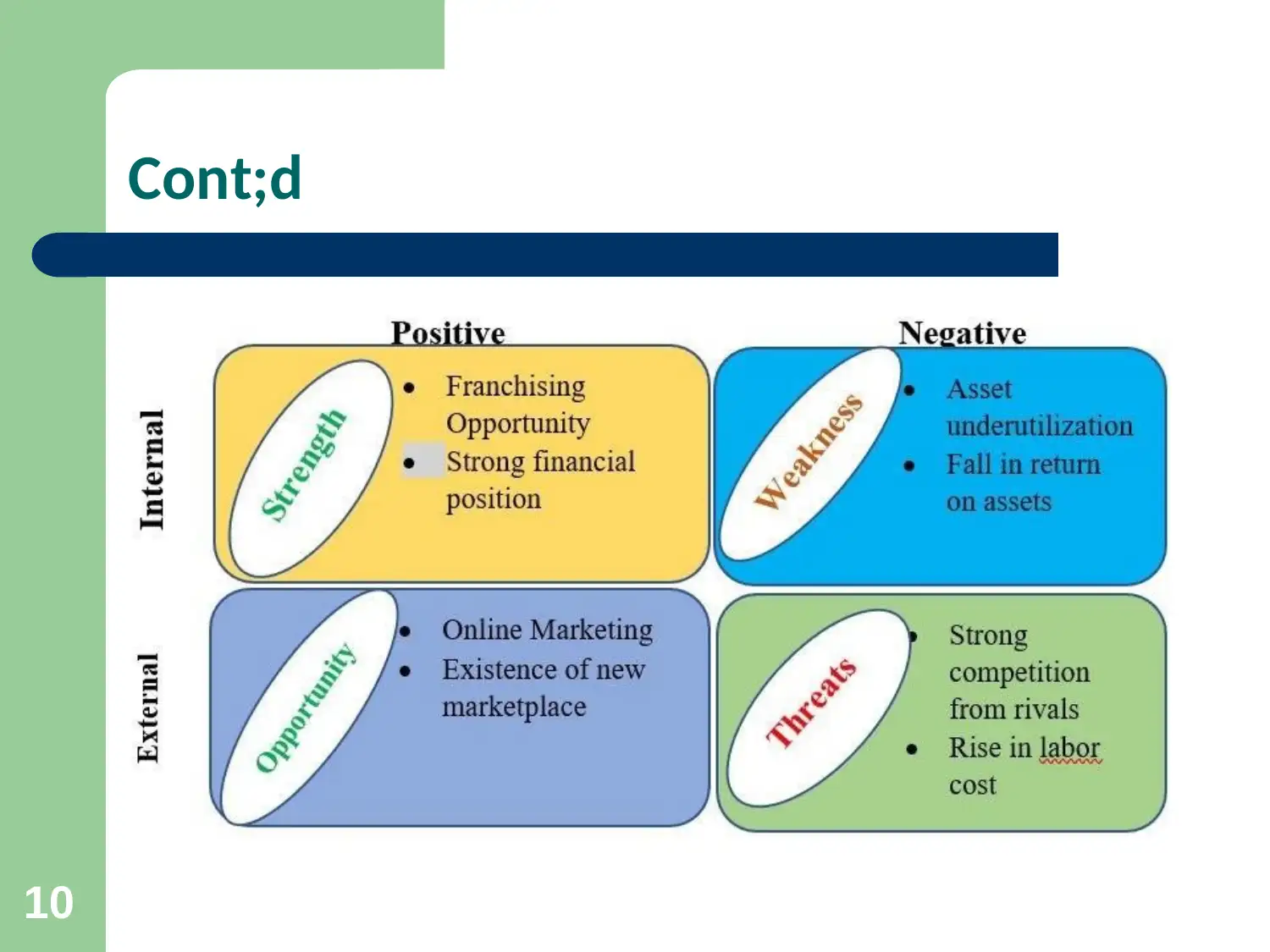
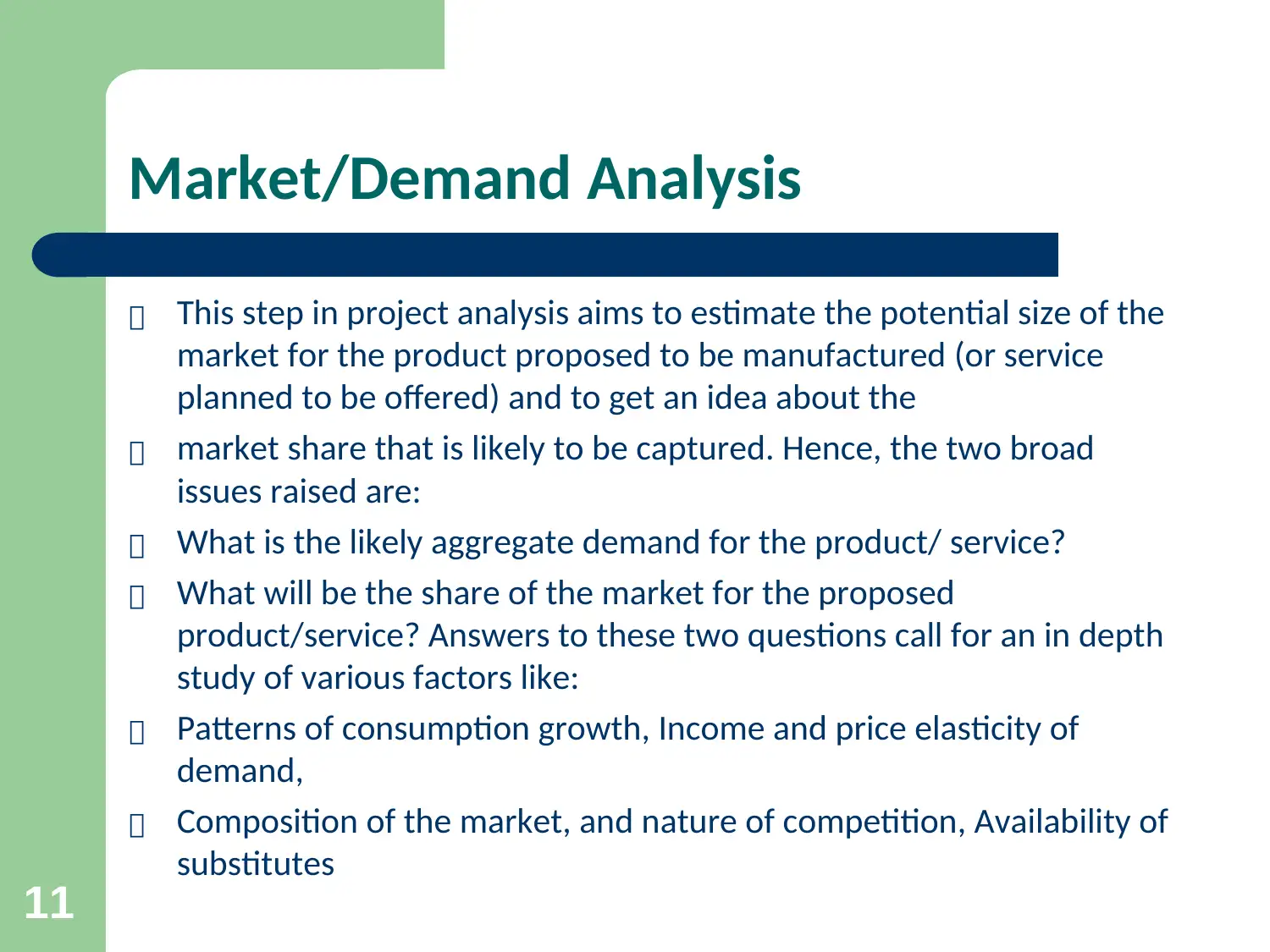
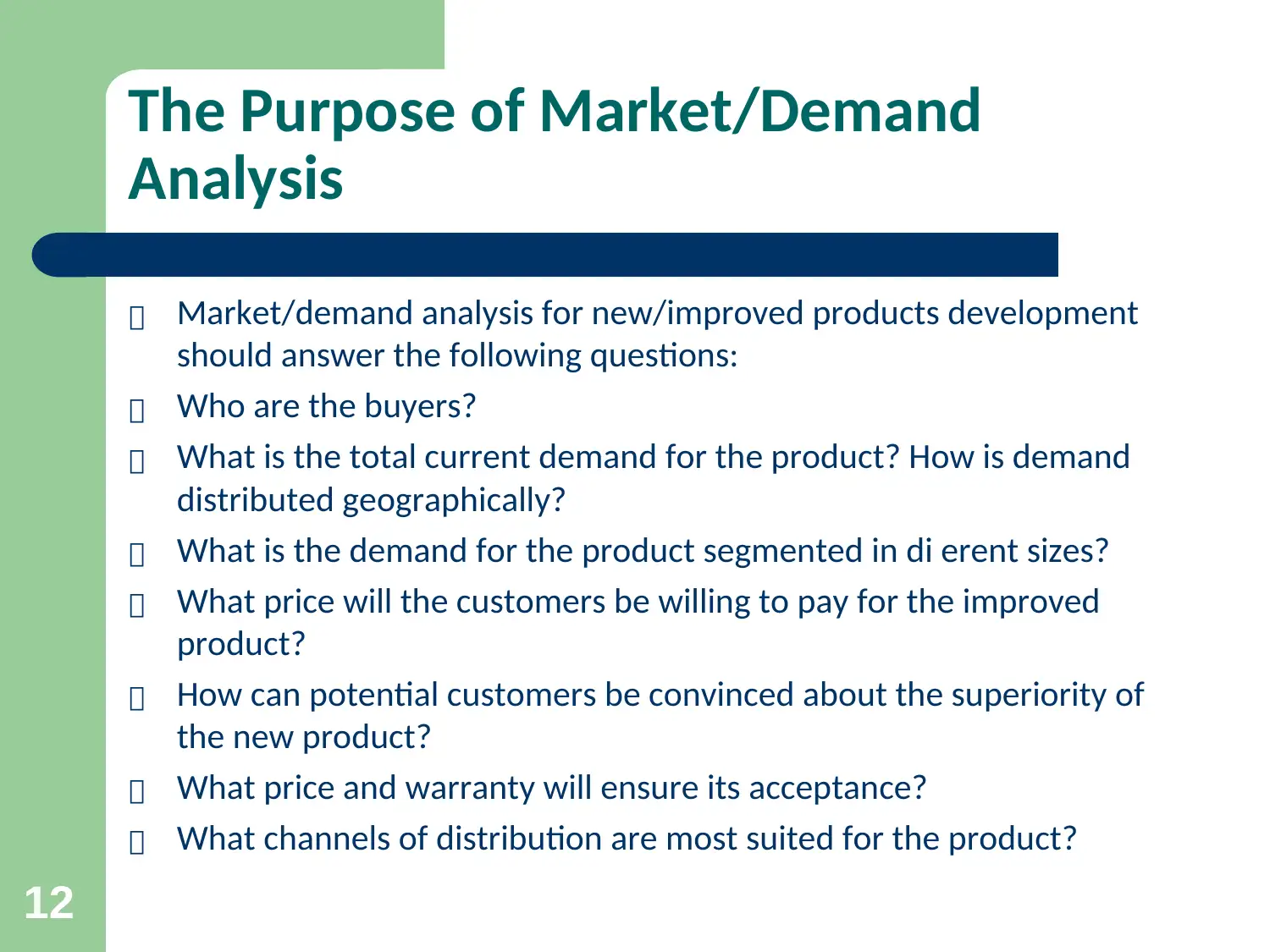






![[object Object]](/_next/static/media/star-bottom.7253800d.svg)